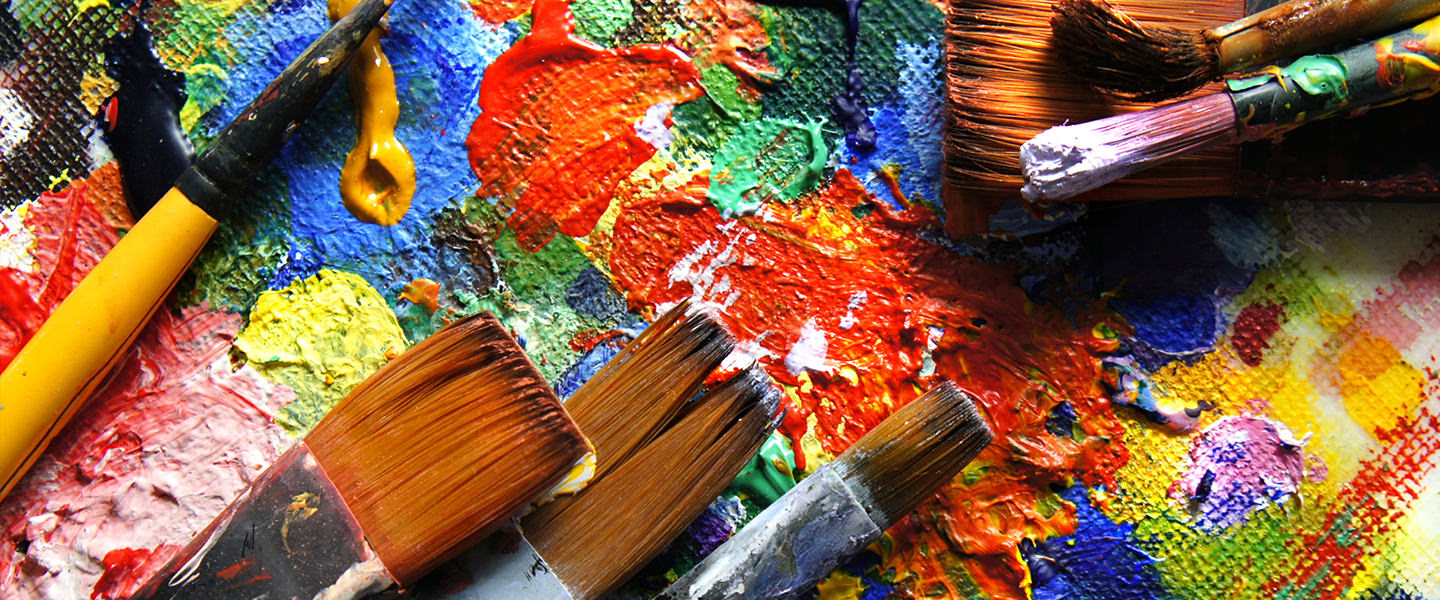The intersection of art and justice has long been a subject of interest, particularly within the context of spiritual teachings that advocate for the betterment of humanity. The Bahá’í Faith encapsulates a profound understanding of creativity’s potential to foster social transformation, positing that artistic expression is not merely a vehicle for beauty but a vital catalyst for societal reform. In this discourse, we delve into the salient relationship between art and social justice, exploring how the Bahá’í teachings can illuminate pathways for meaningful change through creativity.
The allure of art as a medium for justice lies in its universal language. Art transcends cultural and linguistic barriers, inviting individuals to engage with profound truths and emotions that are often inexpressible through conventional discourse. In this manner, creativity fosters empathy, enabling a deeper awareness of social injustices. The Bahá’í perspective emphasizes the importance of unity and the oneness of humanity; art becomes an effective conduit for conveying these ideals, captivating audiences with its intricacies while instilling a sense of shared responsibility for global issues.
Art serves not only as a reflection of societal circumstances but also as a mirror that reflects the artist’s inner convictions and ideals. Bahá’í teachings advocate for the development of character in artists, elucidating that their creations should resonate with the principles of justice, equity, and the betterment of society. The very act of creation can be an assertion of one’s values, and when artists align their work with the principles of the Bahá’í Faith, they craft narratives that champion social justice and challenge those elements of society that perpetuate inequity and oppression.
Moreover, the Bahá’í teachings underscore the necessity of education and spiritual development, which can significantly enhance an artist’s capacity to influence social change through their work. The act of creating art is inexorably intertwined with the pursuit of knowledge and personal growth. As artists delve into their own spiritual and intellectual development, they are better equipped to address the complexities of social issues in their work. This synergy reinforces the belief that art is an evolving dialogue; the more an artist learns about the world, the richer their contributions to that discourse can be.
Within the Bahá’í framework, social change is not a solitary endeavor but rather a collective process that necessitates collaboration across diverse sectors of society. Artists, therefore, play a pivotal role in mobilizing communities, using their creative expressions to inspire collective action. Collaborations between artists and community stakeholders can culminate in projects that amplify marginalized voices, making visible the struggles of those often unheard. In turn, this collective artistry weaves a tapestry of narratives that portray the multifaceted nature of social justice.
Importantly, the ability of art to incite social change hinges upon its capacity to provoke thought and evoke emotion. Artists are uniquely positioned to challenge the status quo by crafting poignant works that confront uncomfortable truths. The act of creating such thought-provoking art serves as a call to action, compelling audiences to reconsider their preconceived notions regarding societal issues. Bahá’í teachings encourage this challenging spirit, advocating for courage and integrity in the face of injustice, qualities that resonate deeply within artistic communities.
Furthermore, the transformative potential of art is exemplified by various historical movements that have sought to address social injustices through creative avenues. The cultural revolutions across the globe often featured artists at the helm, wielding their crafts to provoke social consciousness and incite change. The Bahá’í teachings can be viewed as a timeless call for the harnessing of creativity towards noble causes, emphasizing that art, when aligned with higher purposes, can serve as a formidable instrument for justice.
The digital age presents new opportunities for artists to amplify their messages of justice. The proliferation of social media platforms allows for broader dissemination of artistic works that highlight social issues. Artists utilize multimedia, combining visual art, music, and performance to reach diverse audiences. This accessibility fosters a global dialogue on social justice and empowers individuals to engage with these issues in unprecedented ways. The Bahá’í teachings envision a world where creative expression promotes understanding and consensus among people of different backgrounds, thereby nurturing the foundation for justice.
In conclusion, the nexus between art and social justice within the context of Bahá’í teachings exemplifies the immense power of creativity to effectuate change. This powerful linkage underscores that artists possess a unique responsibility to articulate visions of unity, equity, and justice. By harnessing their creativity, they can galvanize societal movements, provoke critical discourse, and inspire collective action. The call to action is clear: by embracing the principles of the Bahá’í Faith, artists can elevate their work beyond mere aesthetic experience, transforming it into a dynamic force that champions justice and uplifts humanity. In a world rife with challenges, the artistry imbued with the spirit of justice holds the potential to elucidate pathways toward a more equitable society, bringing forth a future where creativity and justice become inseparable allies in the quest for global transformation.
